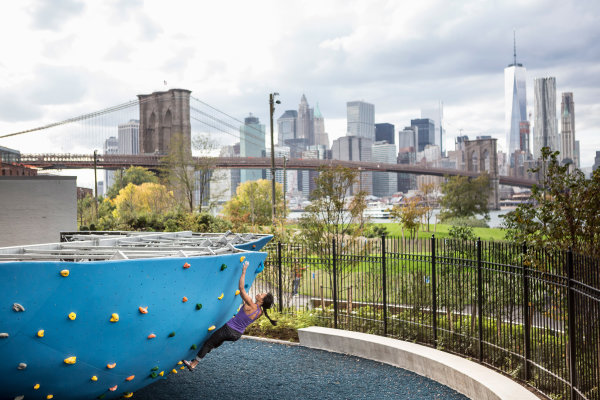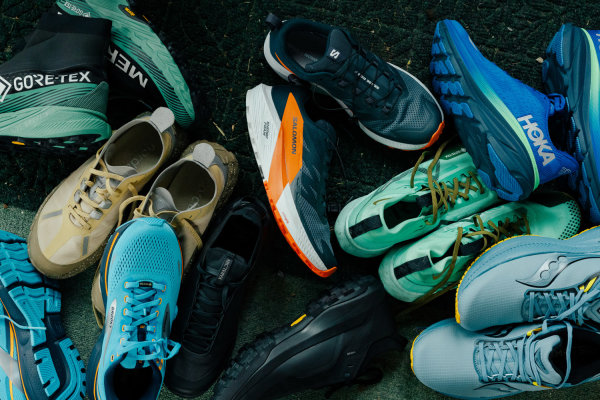From the first pitch of celebrated big wall climber Tommy Caldwell’s new memoir, trauma looms on the rock. It’s December 30, 2014, day seven, year four of his attempt at free-climbing the featureless, 3,000-foot Dawn Wall of El Capitain, an ascent considered by many the most difficult in the history of rock climbing—until Alex Honnold’s free-solo feat this past weekend, that is. High above the Yosemite Valley floor, a cold wind slaps his portaledge tent against the granite, recalling the sound of an AK-burst. Soon, memories of captivity in Kyrgyzstan flood in: “the smell of exploding rock and visions of blood pooling onto the alpine tundra.”
Caldwell’s hell in Central Asia is 21st-century lore in climbing—for six days in August of 2000, Caldwell, then-girlfriend Beth Rodden, and two other climbers were held captive by rebels in the Kyrgyz highlands, escaping only when Caldwell pushed their captor off a cliff, then trekking 18 miles to a military outpost. In its own right, that violent week would be the juice of any marketable bio, but for the 38-year-old big wall guru, it’s only a few dozen pages at the frontend of an impossible career.























